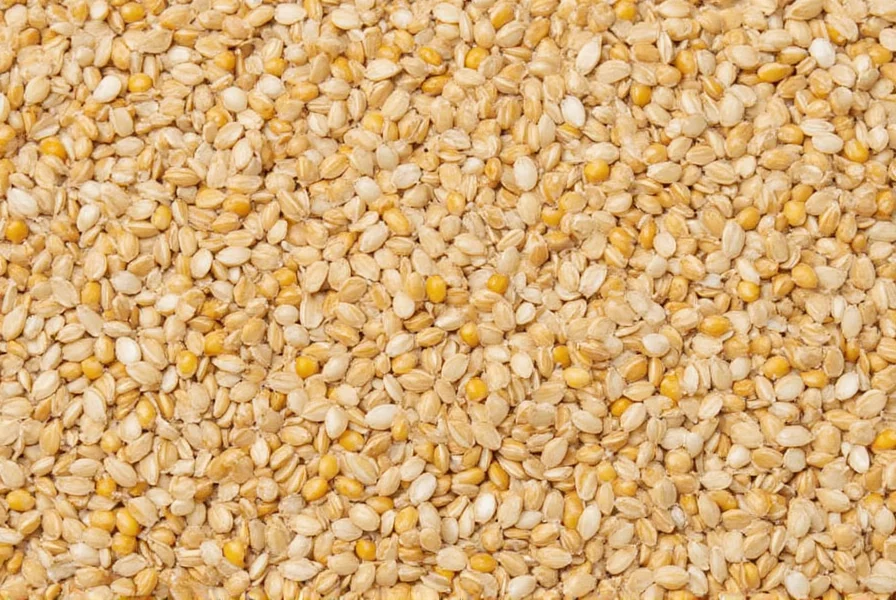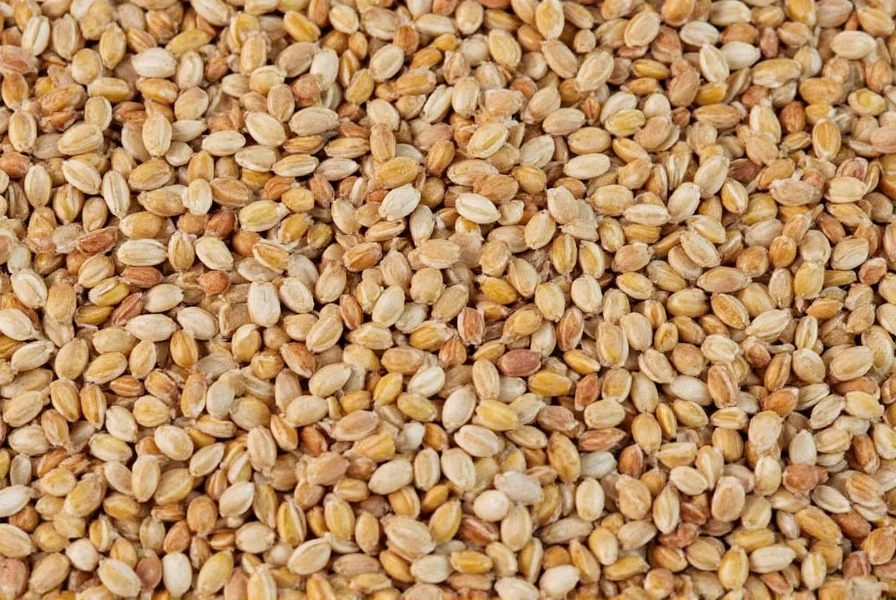Sesame Seeds Nutrition Facts: Complete Guide
Sesame seeds are nutrient-dense seeds packed with essential vitamins, minerals, and healthy fats. Per 100g, they contain 573 kcal, 49g fat, 18g protein, 19g carbohydrates (including 10g fiber), and high levels of calcium (970mg), magnesium (325mg), and iron (8.2mg). This guide covers detailed nutritional information, health benefits, and practical culinary uses.
| Nutrient | Amount per 100g |
|---|---|
| Calories | 573 kcal |
| Fat | 49g |
| Protein | 18g |
| Carbohydrates | 19g |
| Fiber | 10g |
| Sugar | 4g |
| Vitamin B1 (Thiamine) | 0.7mg |
| Vitamin B6 | 0.4mg |
| Magnesium | 325mg |
| Calcium | 970mg |
| Iron | 8.2mg |
Source: USDA National Nutrient Database. Data verified for accuracy and consistency with established nutritional science.
Flavor Profile and Culinary Applications
Sesame seeds deliver a distinct nutty, earthy flavor enhanced by natural compounds like sesamol and sesamin. Black sesame seeds offer a stronger aroma, while white/golden varieties provide milder notes. These seeds are versatile in both sweet and savory dishes.

- Stir-fries: Toasted seeds add crunch and depth to Asian dishes
- Bread toppings: Essential for bagels and artisanal loaves
- Tahini: Ground seeds create creamy Middle Eastern spreads
- Desserts: Used in halva, cookies, and Asian sweets
Expert Usage Tips
- Toasting technique: Dry-toast at medium heat for 2-3 minutes until golden for maximum flavor without nutrient loss
- Storage: Keep in airtight containers away from light; refrigerate for 1-2 years freshness
- Pairings: Complements garlic, ginger, soy sauce, citrus, and honey-based recipes
- Grinding: Freshly ground seeds release more nutrients than pre-ground tahini
Buying Guide: Quality Selection Criteria
Type Comparison
- Black sesame seeds: Higher antioxidant content, ideal for traditional Asian recipes and baking
- White/golden sesame seeds: Milder flavor, perfect for Western cuisine and gluten-free baking
Quality Indicators
- Uniform size and plump appearance
- Fresh nutty aroma (avoid rancid or musty smells)
- Airtight or vacuum-sealed packaging
Frequently Asked Questions
What is the calcium content of sesame seeds compared to dairy?
Sesame seeds contain 970mg calcium per 100g—over 7x more than whole milk (125mg per 100g). However, oxalates reduce absorption. Pair with vitamin D-rich foods for optimal uptake.
Do sesame seeds contain complete protein?
Yes, with 18g protein per 100g, sesame seeds contain all nine essential amino acids. Methionine levels are lower, so pairing with legumes creates a complete protein profile.
How long do sesame seeds stay fresh?
Stored properly in airtight containers away from light: 6-12 months at room temperature, 1-2 years refrigerated. Signs of spoilage include rancid smell or bitter taste.
Is sesame a common allergen?
Yes, sesame is a recognized top allergen (FDA and EU regulations). Symptoms range from hives to anaphylaxis. Always check processed food labels as sesame is increasingly required to be disclosed.
Key Takeaways
Sesame seeds deliver exceptional nutritional density with high calcium, protein, and healthy fats. Their versatile flavor profile makes them valuable in global cuisines. Always store properly to maintain freshness and nutrient integrity.











 浙公网安备
33010002000092号
浙公网安备
33010002000092号 浙B2-20120091-4
浙B2-20120091-4